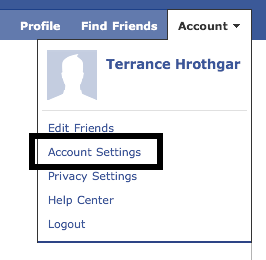I’m on a “three things” motif for 2012, as it’s really difficult for most folks to focus on more than three core elements well. This is especially true for web developers as they have so much to contend with on a daily basis, whether it be new features, bug reports, user help requests or just ensuring proper caffeine levels are maintained.
In 2011, web sites took more hits then they ever have and—sadly—most attacks could have been prevented. I fear that the pastings will continue in 2012, but there are some steps you can take to help make your site less of a target.
Bookmark & Use OWASP’s Web Site Regularly
I’d feel a little sorry for hacked web sites if it weren’t for resources like OWASP, tools like IronBee and principles like Rugged being in abundance, with many smart folks associated with them being more than willing to offer counsel and advice.
If you run a web site or develop web applications and have not inhaled all the information OWASP has to provide, then you are engaging in the Internet equivalent of driving a Ford Pinto (the exploding kind) without seat belts, airbags, doors and a working dashboard console. There is so much good information and advice out there with solid examples that prove some truly effective security measures can really be implemented in a single line of code.
Make it a point to read, re-read and keep-up-to-date on new articles and resources that OWASP provides. I know you also need to beat the competition to new features and crank out “x” lines of code per day, but you also need to do what it takes to avoid joining the ranks of those in DataLossDB.
Patch & Properly Configure Your Bootstrap Components
Your web app uses frameworks, runs in some type of web container and sits on top of an operating system. Unfortunately, vulnerabilities pop up in each of those components from time to time and you need to keep on top of those and determine which ones you will patch and when. Sites like Secunia and US-CERT aggregate patch information pretty well for operating systems and popular server software components, but it’s best to also subscribe to release and security mailing lists for your frameworks and other bootstrap components.
Configuring your bootstrap environment securely is also important and you can use handy guides over at the Center for Internet Security and the National Vulnerability Database (which is also good for vulnerability reports). The good news is that you probably only need to double-check this a couple times a year and can also integreate secure configuration baselines into tools like Chef & Puppet.
Secure Data Appropriately
I won’t belabor this point (especially if you promise to read the OWASP guidance on this thoroughly) but you need to look at the data being stored and how it is accessed and determine the most appropriate way to secure it. Don’t store more than you absolutely need to. Encrypt password fields (and other sensitive data) with more than a plain MD5 hash. Don’t store any credit card numbers (really, just don’t) or tokenize them if you do (but you really don’t). Keep data off the front-end environment and watch the database and application logs with a service like Loggly (to see if there’s anything fishy going on).
I’m going to cheat and close with a fourth resolution for you: Create (and test) a data breach response plan. If any security professional is being honest, it’s virtually impossible to prevent a breach if a hacker is determined enough and the best thing you can do for your user base is to respond well when it happens. The only way to do that is have a plan and to test it (so you know what you are doing when the breach occurs). And, you should run your communications plan by other folks to make sure it’s adequate (ping @securitytwits for suggestions for good resources).
You want to be able to walk away from a breach with your reputation as intact as possible (so you’ll have to keep the other three resolutions anyway) with your users feeling fully informed and assured that you did everything you could to prevent it.
What other security-related resolutions are you making this year as a web developer or web site owner and what other tools/services are you using to secure your sites?



